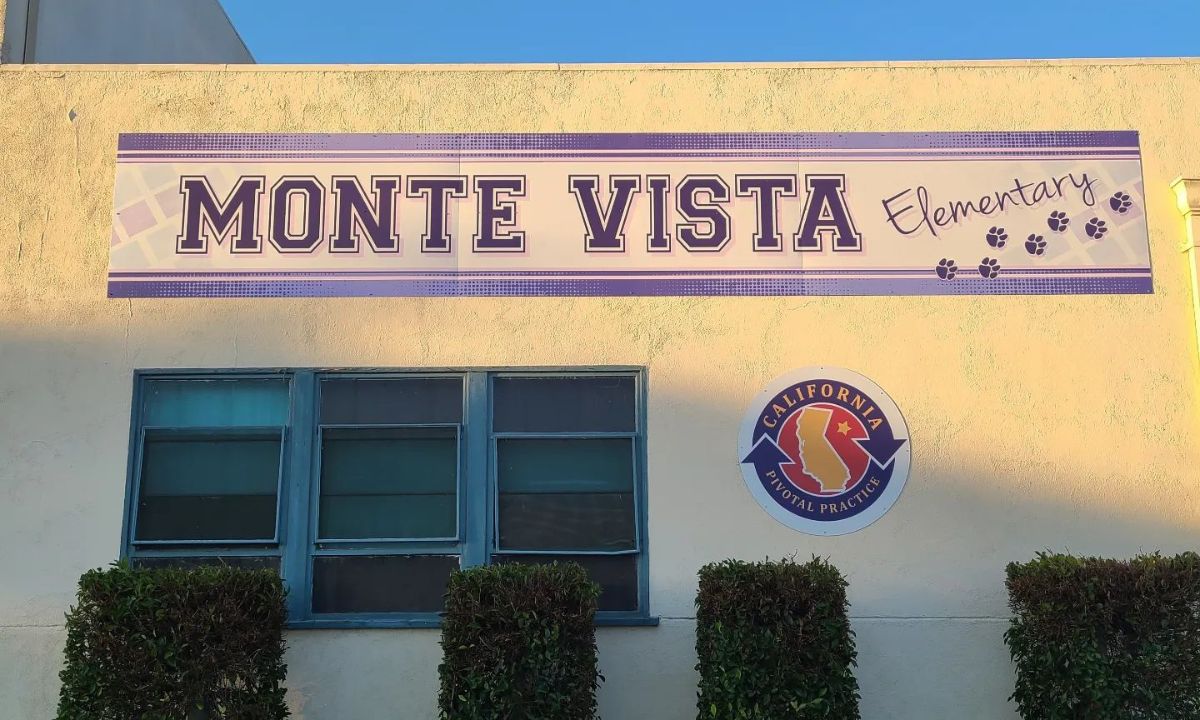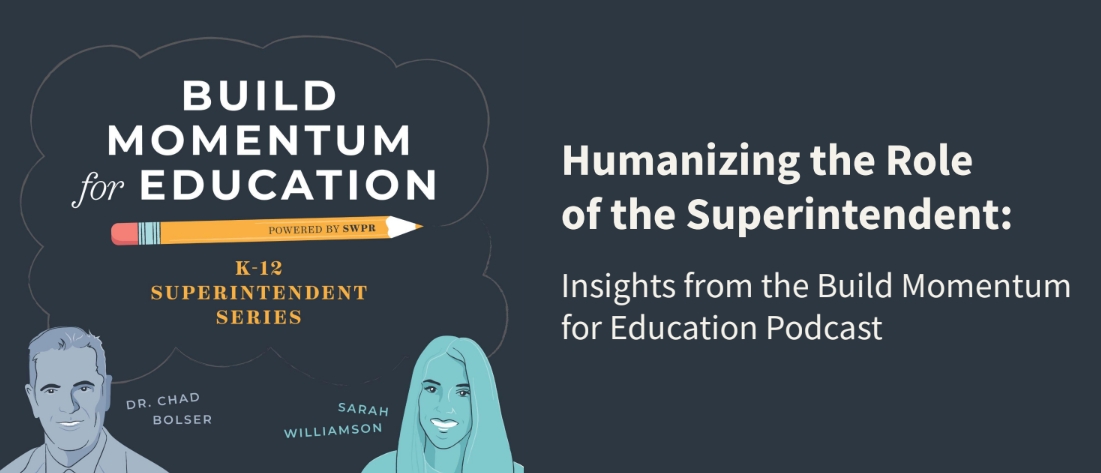Sneak Peek! An Excerpt from ‘The Secret to Transformational Leadership’

Walk back in time with me, say, one million years, when it was widely believed our ancestors first started using fire. Now, imagine you were one of the people who had committed to using fire as part of your daily life, and it was profoundly impactful. You were a “convert,” of sorts, to this new world. If you had tried to explain to your group how fire had changed your life, I suspect your audience would have fallen into one of three groups: 1) Those who wouldn’t understand. 2) Those who needed more convincing. 3) Those who immediately grasped the concept and changed. At this juncture, everything would have begun to shift with respect to how people communicated about cooking, tools, heat, survival, etc. I tell you this so that I may share an observation with you.
For years, I have noticed an evolution happening within our communities and organizations. I have seen some leaders connecting more deeply, not only within their organizations and communities, but also with their employees, stakeholders, and shareholders. I have seen others begin to stumble, falter, or completely disconnect in ways that are unimaginable.
I became increasingly convinced that the language of leadership needed to evolve in some significant ways. The daily language we use is powerful. The smallest choices of words matter deeply, not only for us as leaders, but for the people we lead. This is true in both our professional and personal lives. The language we use creates a minute-by-minute daily climate.
In short, we’ve got fire—and it has changed our lives. We want to share this fire with you, so we can learn with you and from you.
What Does Leadership Do?
We have not set out to completely redefine leadership. Instead, we are focused on the question What does leadership do? More specifically, what the language of leaders does as a function of their leadership.
We want to establish fresh parameters around our long-held beliefs and the key elements of leadership that are missing within the historical definition.
The new language of leadership finds no leader alone in “the great devotions, who spends himself in a worthy cause,” whose virtues President Theodore Roosevelt extolled in the early 1900s. The new language of leadership embraces the digital world we live in and recognizes the “lone wolf” leader as truly being a thing of the past. Leadership from the middle asks us to bring everyone in just a little closer to make their voices heard. Step into the conversation, not above it. Transformational leaders can be found anywhere in the hierarchy of an organization. Some of the best leadership we have witnessed falls in the “leading-up” category.
Changing the Language of Leadership
Our practical advice for you is to start changing the language by connecting more deeply with your current climate. Choose compassionate language that asks you to immerse fully, think in holistic terms, and care. Compassionate leadership embraces the task focus and follower focus fully and creates a space where both can coexist peacefully. Compassionate leadership allows us to fully embrace “failure” by putting a number of small, calculated risks and investments into new solutions for our problems.
Compassionate language works. By contrast, everything in the world of competence is a judgement of good or bad, “strong” or “weak.” Strong and weak assume that you are fragile. If you are strong, you are fragile to becoming weak, and if you are weak, you are fragile to becoming obsolete. We want to create environments where neither our employees, nor our organizations, nor ourselves as individuals exist in a fragile state.
Likewise, we advocate that we abandon the language of “soft skills” forever. They have truly become “power skills” in our current society. Across all industries, those who are excelling demonstrate power skills because they are able to form human connections with others. They know how to shake hands (and why it’s important). They know how to look someone in the eye, speak articulately, talk on the phone, comport themselves in public, and inspire others.
A first step toward conversations that foster these skills is to focus on what you want for your employees, or the boss, or the board—or, for that matter, your children. If you tell them what you need from them, you are not asking them to think autonomously, to take responsibility, or to become the agents of their own lives. If you resist the temptation to tell people what you want from them, but share what you want for them, and it will change working dynamics in the space of seconds. By focusing on the goals and outcomes you want for others, as opposed to what you want from them, you will have unlocked new potential in yourself and those with whom you work. If you think about your current organization and realize you have much work in front of you, that is fantastic news!
What to Expect as a Result
Our beliefs become our procedures, our policies, and ultimately, our culture. The leader’s job is to create the room and manage the space for the conversation. For example, look at the way you talk about your hiring policies. One of the first messages you send to a potential new employee is a covert message: “You will be judged here.” Is this really the best way to ensure you are hiring the best employees? We seriously doubt it.
Setting new values is important in establishing organizational change. When a new value leads to behaviors that result in desired outcomes, the result is that those values and behaviors become embedded in the cultural DNA of the organization. With a new hire, you can start a conversation by saying, “I want you to belong here, and I believe the work we do actually matters in the lives of others.” And then you can take a more balanced approach to things like dress codes.
Of course, not everything is as simple as a dress code. Leadership experts have been presenting on the difference between complicated and complex decision-making for many years, and during the presentations, we find people nodding their heads in agreement, almost universally agreeing with the concept. We see those who have heard the presentations make a commitment to start using this framework as a guide when they get back to work and then … go right back into old habits. Why is that? What is it about human psychology that makes us want to see the world as complicated?
Complicated has just one answer, and, with expertise, we can solve the formula to come up with the solution. Applied to us as leaders, this is a very simple point. We want everything to be complicated because we want to believe we are in control. But if we are honest, luck and risk are a big part of our lives. We don’t know what our competitors are doing. We don’t know if our product will come to market at just the right time or slightly miss the mark. The sheer volume of things we do not and cannot know is incredibly frightening for us, and we want to create some control. Embracing the truly complex means embracing the role of luck and risk in outcomes.
Since we know most organizations are systemically built in such a way as to resist change, an inevitable collision is bound to occur when the organization doesn’t want to change. Our systems are largely closed as a defense mechanism against those who believe differently from us about things like policies, culture, or language. Over time, if we play defense long enough, we put that defense into policy and embed it within our culture.
Your organization will not change until you manifest a change in your leadership. This work is difficult—and, by its very definition, learning a new language requires the deliberate practice of conversing with someone else in the language. Most of us have a massive gap between where we want to be and where we start when we learn anything new. We need a coach to help us define, in granular detail, the difference between what we do currently and what we want to do. We must master this leadership language on the individual scale in order to have any hope of success on the organizational level.
Will you be a master of this language the first time you try? Of course not. You will make mistakes. You will suffer. You will share your suffering with others, and they will help you. This is how we develop mastery.
Sign up to receive the latest proven strategies to authentically share your change-making with the world

Leadership, Data, Family Engagement: How My California School Turned a Corner

Why Families in My Ohio District Still Choose Public Schools in an Era of Choice

A Report from the 'Build Momentum for Education' Podcast Series | Introduction: Why This Series Matters

Education Renovation: Transforming Classrooms and Districts Through an HGTV Lens
.png)
The Key to Building Community as a Superintendent? Leading with Authenticity

3 Ways to Support Special Education Students with College and Career Readiness

Amid Culture Wars, 3 Ways for Supes to Stay Focused on Helping Students Succeed
.png)
U.S. News & World Report Highlights an Approachable, Engaging Book on Financial Literacy for Women

Transformational Leadership in Practice, A Self-Paced Online Book Study Course. Sign Up Today!

How Are Some Leaders Able to Connect With Their Communities, Followers, and Stakeholders While Others Struggle?











.png)





.png)
.jpg)







.png)








